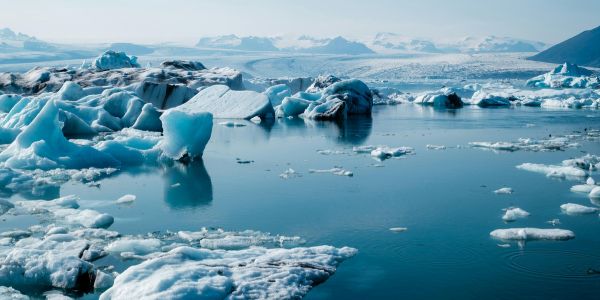A stark new scientific consensus has emerged: a staggering three-quarters of the world’s glaciers could vanish by the year 2100 if global warming continues unchecked, painting a grim picture for global sea levels and freshwater supplies for billions. This alarming projection, building on comprehensive research, underscores the urgent need for more ambitious climate action to preserve these vital ice reservoirs.
Recent findings, including a significant international study published in the journal Science (Rounce et al., 2023) and further analysis, reveal that under current climate policies, global temperatures are projected to climb to 2.7 degrees Celsius (4.9°F) above pre-industrial levels by the turn of the century. This warming trajectory is predicted to lead to the ultimate disappearance of an estimated 76 percent of the Earth’s current glacier mass in the coming decades.
“The findings are sobering, but they also offer a clear message of hope,” stated glaciologist Harry Zekollari, a co-lead author on the recent analysis, emphasizing that “every fraction of a degree of additional warming matters.”
The Unfolding Crisis: Glacier Loss Scenarios
The future of the world’s approximately 215,000 glaciers (excluding the massive Greenland and Antarctic ice sheets) hinges critically on global temperature pathways:
- Current Trajectory (2.7°C Warming): Under existing climate policies, which project temperatures to reach 2.7°C, the scientific community anticipates a substantial 76% loss of global glacier mass by 2100. This scenario would also see an overwhelming 83% of individual glaciers disappear, though many of these are smaller ice bodies.
- Paris Agreement Target (1.5°C Warming): Even if the world successfully limits warming to the ambitious 1.5°C target set by the Paris Agreement, roughly 46% of existing glacier mass is still projected to be lost by 2100. While a significant reduction compared to higher warming, it highlights the irreversible impacts already set in motion. This scenario could still see nearly half (49%) of individual glaciers disappear.
- Worst-Case Scenario (4°C Warming): In an unchecked warming scenario where temperatures soar to 4°C above pre-industrial levels, the projections become even more catastrophic, with over 80% of all individual glaciers expected to be lost, and a substantial portion of their total mass gone.
“What is really special about this study is we can really show how every tenth of a degree of additional warming matters,” highlighted Lilian Schuster of the University of Innsbruck, another co-lead author.
Must Read: WMO Warns of Record-Breaking Temperatures by 2030: What You Need to Know
Why Glaciers Matter: Beyond the Ice
The alarming rate of glacier melt is not just an abstract environmental concern; it carries profound implications for human populations and ecosystems worldwide:
- Sea-Level Rise: Melting glaciers are a major contributor to global sea-level rise, threatening coastal communities and ecosystems with increased flooding, erosion, and saltwater intrusion. Even modest increases can displace millions and exacerbate climate migration.
- Freshwater Security: Glaciers act as natural freshwater reservoirs, providing critical water supplies for drinking, agriculture, and hydropower generation, especially in dry seasons, for nearly two billion people across the globe. Their disappearance jeopardizes water security in regions like the High Mountains of Asia (Himalayas) and the Andes.
- Ecosystem Disruption: Glacial meltwater sustains unique downstream ecosystems and river systems. Changes in water flow and temperature can severely impact aquatic life, biodiversity, and local livelihoods.
- Local Hazards: Rapid glacier melt can lead to unstable glacial lakes, increasing the risk of sudden floods (Glacial Lake Outburst Floods, GLOFs), landslides, and other natural disasters, as recently observed with events like the Birch Glacier collapse in Switzerland.
- Cultural and Economic Impact: For many indigenous and mountain communities, glaciers are integral to their cultural identity, traditions, and tourism-based economies. Their loss represents not just an environmental change, but a profound social and cultural loss.
Must Read: Understanding the Sustainable Development Goals: A Blueprint for a Better Future
A Call for Global Climate Action
The scientific community is clear: the extent of future glacier loss hinges directly on humanity’s collective efforts to reduce greenhouse gas emissions. While some glacier melt is now unavoidable due to past emissions, aggressive mitigation strategies can significantly reduce the catastrophic projections.
As the world monitors melting ice sheets and adapts to a changing climate, these latest findings serve as an urgent reminder. Every action taken today to curb global warming contributes directly to preserving these majestic and vital components of our planet for future generations. The fate of our glaciers, and the billions who depend on them, rests on the choices we make now.

